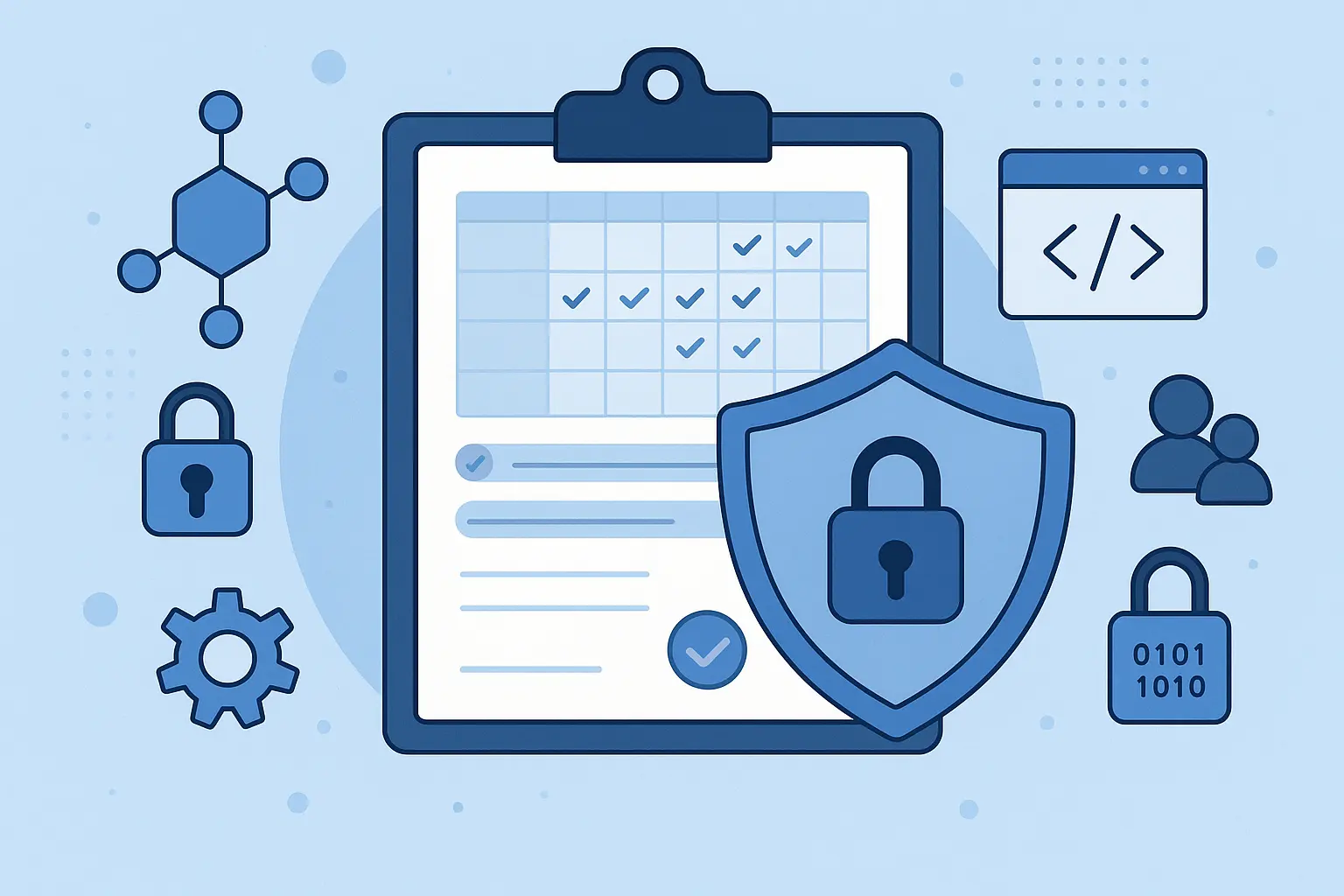Client scheduling systems have become foundational to enterprise operations, connecting teams, clients, and services through time-critical interactions. Whether coordinating consultations, onboarding sessions, or support calls, these tools must meet high standards for usability, scalability, and trust.
As enterprise ecosystems grow in complexity, so do expectations around privacy, coordination, and interoperability. Clients expect immediate confirmation, secure data handling, and cross-platform consistency. Internally, teams need tools that integrate with identity systems, CRMs, and content environments without introducing risk.
Modern CMS platforms play a strategic role in this context. By integrating scheduling directly into content and user management workflows, platforms like WordPress, Sitecore, and Drupal serve as secure anchors, bringing visibility, control, and customization into a unified environment. The result is a scheduling infrastructure that fits the enterprise stack without compromising security or usability.
Why Client Scheduling Needs Enterprise-Grade Security
Client scheduling systems typically handle high-value data by default, including personally identifiable information, appointment details, and often payment credentials. Each booking entry becomes a point of sensitivity, particularly when clients input data through web forms or integrated portals.
These systems face multiple security exposures. Unauthorized access through weak authentication, data leaks due to misconfigured APIs, and vulnerabilities in third-party scheduling tools all pose real threats. If improperly managed, even a simple form plugin can become an entry point for data theft or service disruption.
Meeting enterprise-grade expectations means aligning with recognized compliance frameworks. GDPR enforces data minimization and breach accountability. HIPAA applies when health-related bookings involve protected health information. SOC 2 focuses on internal controls, audit readiness, and operational integrity, especially relevant for platforms offering scheduling as part of a broader service environment.
Security in client scheduling isn’t just about protecting booking data — it’s about making sure the entire system, from calendar tools to CMS backends, is airtight. That’s why many enterprises work with agencies like IT Monks, who focus on integrating scheduling platforms like Bookafy into secure WordPress environments that meet enterprise-level requirements.
CMS as a Central Hub for Scheduling Operations
Modern CMS platforms like WordPress, Sitecore, and Drupal function as integration hubs where scheduling tools can connect directly with user data, permissions, and content workflows. This centralized setup streamlines how bookings are managed across teams and departments.
Instead of treating scheduling as a standalone feature, it becomes part of the broader digital experience, tied to user roles, session data, and access controls. For example, in a member dashboard, clients can schedule appointments based on their subscription tier, while internal staff view and manage those requests through the CMS interface.
This structure reduces fragmentation, improves access control, and simplifies content-scheduling coordination.
Secure Scheduling Architecture: Key Components
A secure scheduling setup within an enterprise CMS relies on a layered architecture that prioritizes identity management, data protection, and traceability.
- Authentication layers form the first line of defense. Single Sign-On (SSO) consolidates access control across platforms, while OAuth enables token-based authorization for third-party tools. Multi-Factor Authentication (MFA) adds another barrier by requiring verification beyond standard credentials.
- Role-based access control (RBAC) structures permissions around user roles. Within the CMS and its scheduling modules, this defines who can view, book, edit, or administer sessions. Access is tied to role logic, limiting exposure of sensitive functionality and data.
- Data encryption protects scheduling information during transmission and storage. HTTPS secures interactions in transit, while encryption at rest guards client details and appointment metadata inside databases or integrated storage services.
- Logging and audit trails track user activity across the scheduling flow. Each login, modification, or failed access attempt is recorded to support forensic review and internal accountability. These logs form a foundational layer for compliance and operational monitoring.
Integration Patterns with External Scheduling Tools
Enterprise CMS platforms support multiple methods for connecting external scheduling tools, each offering a distinct balance of control, effort, and user experience.
Supported Models
Embedding a scheduler via iFrame is the fastest method to get scheduling live inside a CMS page. It requires minimal development but offers limited styling options and relies heavily on third-party availability.
An API-driven approach connects external scheduling platforms with CMS infrastructure at a deeper level. It supports custom interfaces, user-specific logic, and consistent access control aligned with CMS roles.
Webhooks push scheduling events, such as new bookings, cancellations, or updates, directly to connected systems. This supports immediate synchronization with CRM records, CMS notifications, or internal dashboards.
Use Cases
Public or authenticated users can schedule time with team members directly from CMS-managed portals, improving coordination across departments or services.
Booking forms on CMS pages can trigger actions across integrated tools, such as populating calendars, creating CRM records, or launching confirmation workflows.
CMS-Based Scheduling Interfaces: UX + Security Balance
Scheduling interfaces in enterprise CMS environments must strike a clear balance: smooth client interactions without exposing system vulnerabilities. A well-designed form begins with strong input controls—field validation prevents malformed data, while CAPTCHA blocks automated abuse.
User role logic further protects sensitive pathways. The CMS should restrict visibility of scheduling elements based on authenticated user roles—only logged-in users see certain calendars, and administrative users have access to broader controls.
Security-focused UX design means more than aesthetics. Interfaces must be hardened against tactics like slot flooding and bot-based attacks. Rate-limiting, obfuscated field names, and real-time form validation reduce surface area for misuse. This approach keeps the interface responsive while upholding system integrity.
Governance and Maintenance Best Practices
Security is not a one-time setup; it requires structured oversight. Regular security reviews and penetration tests help uncover vulnerabilities introduced by updates, integrations, or misconfigurations. These checks should be routine, particularly after system changes or deployments.
Plugins and modules must be vetted before use. This includes reviewing code origins, update frequency, and compatibility with current CMS versions. Relying on unmaintained components can create silent entry points for exploitation. Version control should track changes across all third-party and custom scheduling integrations to support rollback and auditing.
Staff access must be limited to what each role requires. This applies across CMS, scheduling systems, and any connected tools. Clear access policies reduce human error and prevent privilege creep. On the client side, clear communication about data handling and secure scheduling practices helps reduce friction and builds user confidence.







